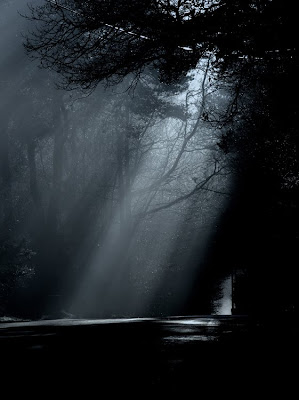
One of the things I notice a lot since I started taking photographs is how much the same view is changed by light. The angle, the intensity and the colour of the light will completely redesign a subject so that what looks fabulous at 3.00 on a winter's afternoon may look banal on a summery morning. And also, the same journey can, on different days, be a completely different journey, in terms of what catches your eye as you travel.
Things appear as if for the first time because the light shines on them or on their surroundings. Things that you felt sure were completely beautiful on a previous journey can't even be found. Maybe will never be seen again.*
Colours can obviously be dramatically enhanced or diminished as the light changes. The golden hour of the evening sun does magical things to colour as does the golden hour of first light in the morning. And the light from an approaching storm will throw a strange cold and beautiful colour over a landscape. Light seen through rain casts a silveryness upon everything and the moon is something else again :)
So the mood can change from peaceful to threatening to joyful with all stations in between.
But what is maybe not so obvious is that though the structure of the land or the tree or the building will not change, light will brighten different parts of it while other parts will hide in shadow so that the structure of an image taken of that same view will be completely different.
This is not only true when the angle of the light changes but also when it's intensity or colour changes. This can happen infuriatingly while you are still in the act of lifting the camera to your eye! One instant, there is a high, brightly coloured hedge with a dark valley plunging down behind it and a great rampart of rock behind that and a vaulted sky above that. The next minute there is only a flat sea of green with a dull lump of grey above it, topped with a flat white sky. Never mind a wonderful composition, the whole shape of the thing you saw has been smeared out of existence.
I mostly shoot outdoors and I know very little about indoor lighting so I've never attempted to use anything except natural light or the built in flash on my camera but I have seen photographs which have clearly been taken with magic or marvellous lighting.
A definition of light is totally beyond me though the wikipedia entry makes interesting reading**. However, I know that it travels in straight lines and bounces off things to travel in straight lines in different directions and that obstacles also cause it to change direction. I understand that it is a form of energy.
Sometimes though, it appears to act more like a fluid medium, laid on surfaces and seeping through them. Sometimes even like a chisel, carving out new forms from whatever was there before. Sometimes it even appears to fill the air like a solid.
I'm a bit of a light worshipper. Don't you have to be to take photographs?
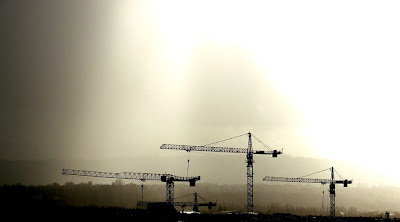
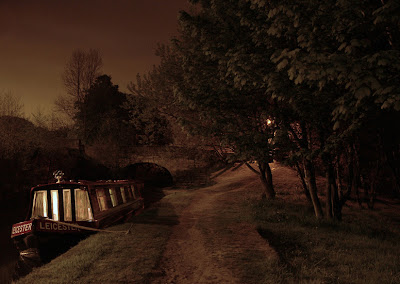
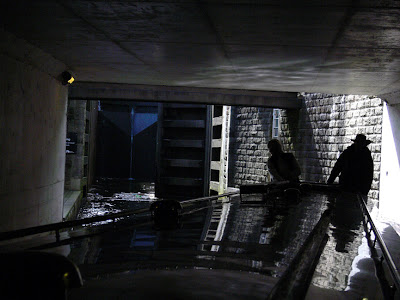
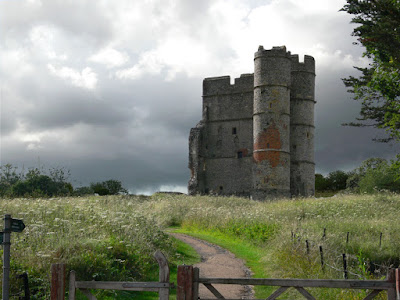
*which is why I now take my camera everywhere, always.
**If only because of the impressive contribution made to the understanding of light by scientists and scholars of the Eastern world long before Western scientists got to grips with it.







